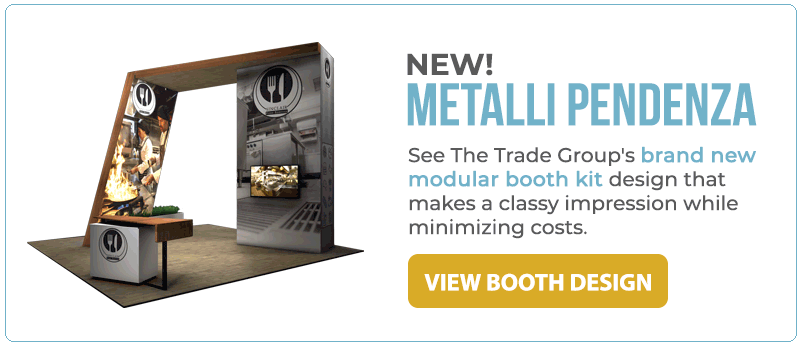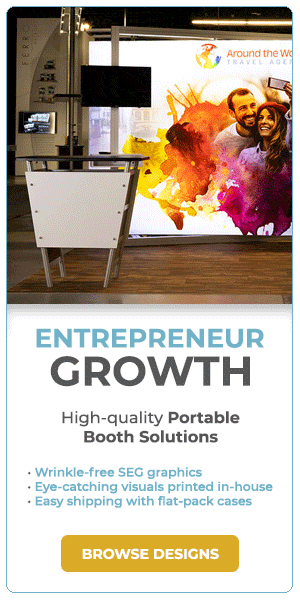
For decades, when kids – and their parents – searched for toys, there was one primary destination: Toys R Us (with a backward R). The store had everything, including action figures, dolls, building blocks, bikes, video games, and (for some annoying reason) clothes. It was a magical place. There were rows and rows and racks and racks to search for that one specific plaything. For a child, walking into a Toys R Us always felt like an event.
Then, times changed. It became much easier (and sometimes cheaper) to load a search engine, find a toy at an online store, and click buy. With practically every toy just a mouse click away, shopping at a Toys R Us no longer felt special, more like a chore. The parent company of Toys R Us, Tru Kids, ignored the threat of online shopping until it was too late. As stores emptied of shoppers, the company declared bankruptcy in 2017. By the middle of 2018, the final U.S. stores closed.
However, the saga of Toys R Us does not end there. In March 2021, WHP Global, a brand management company, acquired a controlling interest in Tru Kids. First, the rejuvenated company partnered with Macy’s to relaunch the Toys R Us website. Then in Dec. 2021, a flagship Toys R Us store opened smack-dab in the middle of the holiday shopping season.
In addition to the thousands of toys in stock, the 20,000-square-foot store features a two-story slide, a kidcafé, and an ice cream shop. Due to the lure of these experiences, going to a Toys R Us will feel special again. The flagship’s location in the experiential wing of the recently opened American Dream megamall in New Jerseyisalso notable. Toys R Us’ neighbors include the Nickelodeon Universe theme park and DreamWorks water park.
The experience economy
For the flagship Toys R Us store (and its experiential wing neighbors), the toys and other products are not the main (or only) draw to encourage shoppers through the doors. The promise of a uniquely fun experience is the lure.
In a 1998 Harvard Business Review article (and follow-up1999 book), Joseph Pine and James Gilmore introduced a radical theory that established “experiences” as distinct economic offerings, along with services, goods, and commodities. The term they coined to describe this theory is the experience economy.
Today, we don’t even raise an eyebrow at this concept because we’re deeply immersed in the experience economy. Pop-up restaurants, TopGolf, immersive activations, Build-A-Bear, and much, much more are examples of engagement as the primary motivator for an economic transaction.
Recently, society experienced a year (or so) without “experiences” thanks to an irritatingly persistent worldwide pandemic. That didn’t go over well. Our culture thrives on experiences.
As trade shows make their return, the stage is set tore-ramp up experiential activations.
Experiential trade show activations
Long before we viewed“experience” as a viable economy segment, trade shows, exhibitions, and other live events understood and embraced the kinetic power of experiences. Live events thrive on interactions and collaborations, meaning they are ideally suited to flourish in the experience economy.
“The only surprise has been how overwhelmingly and extensively our thinking about experience design has been embraced by the trade show industry, at least among exhibitors (versus show organizers),” James Gilmore said in a recent interview with Exhibitor Magazine.“So, it’s no surprise that I’ve encountered a number of outstanding experiential exhibits at events where I’ve spoken over the years. I’ve seen wonderfully immersive themes and well-executed interactions between exhibitors and booth visitors.”
Connect activitiest o your brand
Companies’ biggest mistake when creating trade show experiential activations is not connecting their brand to the event. When they work, experiential activations make people feel joyful, and they associate those positive emotions with your brand. When they don’t work, people walk away feeling confused.
For example, should a swimming pool company create a desert-themed activation? If the event is just a few palm trees and some sand with no mention of water, the obvious answer is “no.” However, what if the theme was “find your oasis?” That idea draws a straight line between the activation and the company’s products.
Set measurable goals
The goals you set for your experimental activation will help you determine its effectiveness, discover what succeeded, and find areas for improvement. However, before you can establish these goals, you need to define the role of your target audience.
Some possibilities include:
- Attendance – Collecting attendance records highlights interactions with your brand. The more people at your activation, the more traction you should see in other areas that impact brand awareness.
- Online activity – Increased social media activity around your brand leads to an improved brand image and higher sales.
- Sales – Track every lead collected at the event. Depending on the sales lifecycle of your industry, it may take a while for these metrics to finalize. However, you also gain valuable insights by monitoring leads as they progress.
In the Exhibitor Magazine interview, Gilmore proposed a relatively new approach to measuring experimental activations.
“Interestingly enough, measurement is a huge emphasis in the preface of the new hardcover release of ‘The Experience Economy,’ so let me share the main new thought. You’ve heard of ‘the time value of money.’ Well, we reverse that and speak of ‘the money value of time.’ That is, the creation of experiential value can be measured by calculating the revenue generated per minute for the time expended by those experiencing any offering. A movie generates about 10 cents a minute per person. Ditto Starbucks. The play ‘Hamilton?’ About five dollars per minute. So, if you can capture the total incremental revenue generated from one’s trade show participation and also track the total time all visitors spend in the booth experience – or better, if you isolate the time of just the visitors who make purchases at some point – a company could calculate a return on the time invested by customers as the money value of their time.”
If conceptualizing goals is new to you, create just a few metrics to track to avoid feeling overwhelmed. As you become comfortable, add more. Soon you discover the goals that will boost your brand recognition and generate increased customer loyalty.

The Trade Group is a full-service trade show and event marketing company. We will work with you to create an exhibit or an event that brings in leads and helps you achieve your business goals. Contact us here or give us a call at (800) 343-2005.




